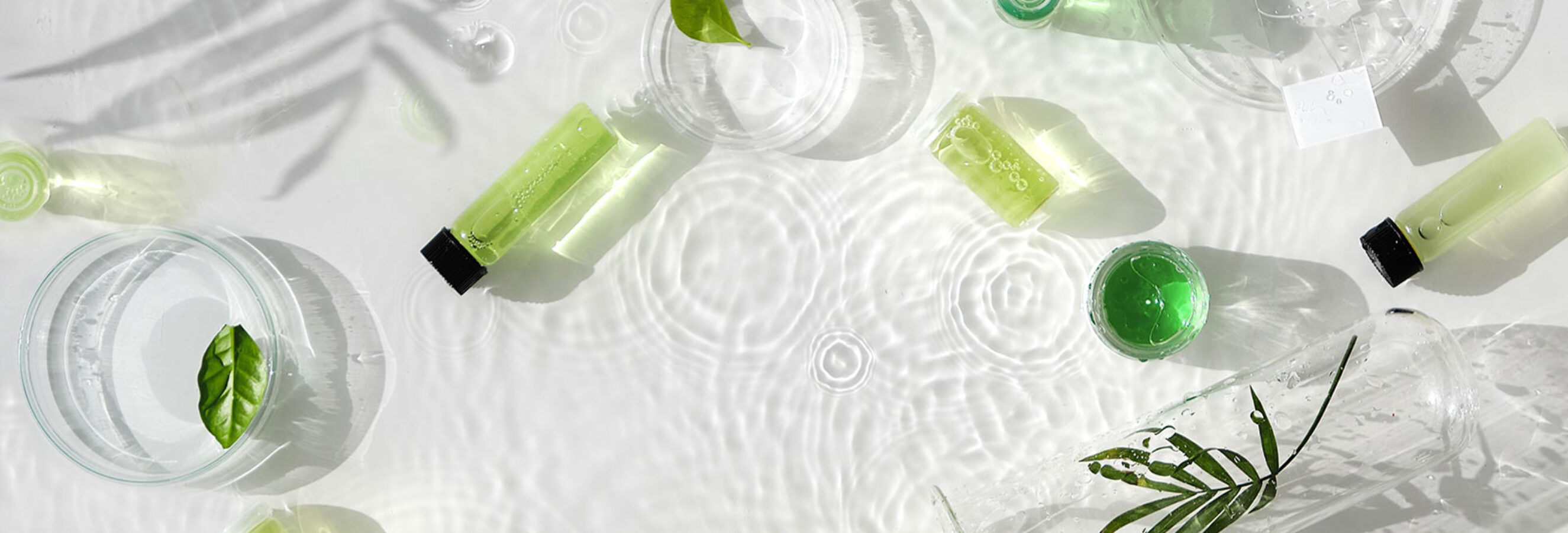In the ever-evolving world of beauty, a fast-growing trend has emerged that is reshaping the way consumers approach makeup: skincare-centric makeup. This trend, which emphasizes products that not only enhance appearance but also nourish and protect the skin, is gaining traction among all generations, from Gen Z and Gen Alpha to older demographics, shoppers are gravitating towards skincare-infused makeup for its multifunctional benefits and holistic approach to beauty care.
In this blog, we’ll explore how brands and retailers are tapping into this trend to meet the evolving needs and preferences of shoppers.
The Intersection of Skincare and Makeup
Skincare-centric makeup represents a fusion of skincare and makeup, offering the best of both worlds. These products not only provide cosmetic benefits like coverage and color but also contain ingredients that deliver skincare benefits such as hydration, sun protection, and anti-aging properties.
Brands across the beauty industry have been quick to capitalize on this trend, introducing innovative products that cater to consumers’ desire for multifunctional beauty solutions. Drunk Elephant and Fenty were quick to jump on the trend. But innovation continues in the luxe beauty space, with Tatcha’s recent launches of skincare with blurring, mattifying properties, as well as many others including those in mass beauty such as Maybelline and L’Oréal.
Innovating in the skincare-centric makeup space requires a multifaceted approach, encompassing product formulation, packaging design, all underpinned by shopper insights. Brands can continue to push boundaries by exploring new ingredients and technologies to enhance the skincare benefits of their makeup products while prioritizing aesthetically pleasing and functional packaging that communicates product efficacy. Moreover, leveraging shopper insights is crucial for understanding shopper preferences and behaviors, guiding brands in developing products that resonate with their target audience.
Gen Z and Gen Alpha: Leading the Charge
For younger generations like Gen Z and Gen Alpha, skincare-centric makeup aligns perfectly with their emphasis on self-care and wellness. These digitally savvy consumers are well-informed about skincare ingredients and are increasingly seeking products that offer multifunctional benefits. Brands like Glossier have capitalized on this trend with their “More skin, less makeup” approach. Milk Makeup is known for its minimalist approach to beauty, offering a range of easy-to-use, multitasking products that enhance natural beauty and cater to Gen Z and Gen Alpha’s desire for effortless, low-maintenance routines.
To resonate with Gen Z and Gen Alpha, brands must embody their values through packaging and Point-of-Sale Materials (POSM). Packaging should prioritize sustainability and simplicity, while POSM featuring real people with real skin fosters relatability. However, achieving authenticity requires validation prior to launch. Brands must ensure that their messaging and imagery genuinely reflect the preferences of these generations through thorough market research and consumer testing.
Mainstream Adoption Across Generations
While Gen Z and Gen Alpha may be leading the charge in the skincare-centric makeup trend, it’s not confined to younger demographics. As millennials enter their late 30s and early 40s, the desire to maintain youthful skin and combat signs of aging becomes increasingly important. Moreover, Gen X and Boomers are also embracing this concept, particularly as concerns about aging and skin health gain prominence. To effectively appeal to shoppers across different age groups, brands need to ensure that their skincare makeup offerings address skincare concerns at various stages of life. This means offering products that target specific concerns such as hydration, firmness, and anti-aging, catering to the diverse needs of consumers at different life stages.
Retailers Respond to Consumer Demand
Retailers are also recognizing the growing demand for skincare-centric makeup and are adjusting their offerings accordingly.
Sephora’s in-house brand, Sephora Collection, has been at the forefront of incorporating skincare benefits into makeup products. They offer a range of products such as moisturizing lipsticks, serum foundations, and hydrating setting sprays that provide both cosmetic coverage and skincare benefits. As a retailer, Sephora, provides buying guides on its website and app, offering recommendations for achieving the popular ‘no makeup makeup look.’ This look emphasizes skin health and aims for an effortlessly flawless appearance.
Though it may be present, finding a similar section promoting this trend on Ulta’s platform wasn’t straightforward. However, their list of trending products prominently featured skincare-centric beauty items, indicating a strong demand for such products at Ulta currently. A similar trend was observed on Walmart’s trending beauty list.
Highlighting trends on their website proves useful and should extend to in-store displays. Incorporating various brands and showcasing displays that reflect current beauty trends, such as skincare-infused makeup, can encourage shoppers to discover new products and increase purchases.
In the beauty landscape, the surge of skincare-centric makeup is reshaping consumer preferences across generations. From Gen Z and Gen Alpha’s emphasis on wellness to older demographics’ focus on skincare health, brands and retailers are innovating to meet evolving demands. As industry leaders like Sephora and Ulta respond to this trend with curated offerings and online guides, it’s evident that understanding consumer behavior and preferences is crucial. At Explorer Research, we’re committed to helping brands navigate this evolving space, whether it’s decoding Gen Z and Alpha shoppers, exploring skincare-infused makeup trends, or optimizing packaging strategies. Reach out to us today to unlock the potential of your brand in this dynamic landscape.

